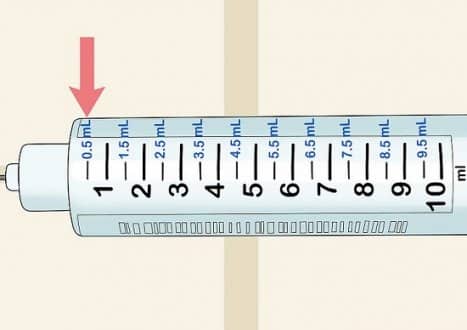Parts of the Insulin Syringe
Insulin syringe measurement. In order to properly care for your health, it is vital that you understand the tools required to administer insulin. There are three main parts of an insulin syringe: the needle, barrel, and plunger. A cap protects the needle, which is short and thin.
To make injection easier, the needle is surrounded by a thin layer of silicone. The barrel, which holds the insulin, is long, thin and marked with unit measurement lines. The plunger sits inside of the barrel and slides up and down, allowing you to draw the insulin in and push it out.
How to Read Measurements on Insulin Syringes
Insulin syringes come in many sizes. When dealing with medication dosages, precise measurements are crucial for effective treatment. For instance, a common question is, “how many units is .25 ml?” This conversion is essential for ensuring accurate dosing, particularly when using medications that are measured in units per milliliter. In many cases, .25 ml corresponds to 25 units of medication, but it’s vital to refer to the specific concentration and instructions provided by the manufacturer or your healthcare provider to confirm the exact dosage.
The following details how many units of insulin each syringe size holds:
- ¼ mL or 0.25 mL = 25 units
- 1/3 mL or 0.33 mL = 30 units
- ½ mL or 0.50 mL = 50 units
- 1 mL = 100 units
How to Choose the Right Size Insulin Syringe
Choosing an insulin syringe that is closest in size to the dosage you need is the best way to administer your medication. It is easier to read the measurements on smaller syringes, as the measuring lines are farther apart. As such, choosing the smallest syringe capable of holding the dose you need is ideal
—
Disclaimer: Please note that the contents of this community article are strictly for informational purposes and should not be considered as medical advice. This article, and other community articles, are not written or reviewed for medical validity by Canadian Insulin or its staff. All views and opinions expressed by the contributing authors are not endorsed by Canadian Insulin. Always consult a medical professional for medical advice, diagnosis, and treatment.



